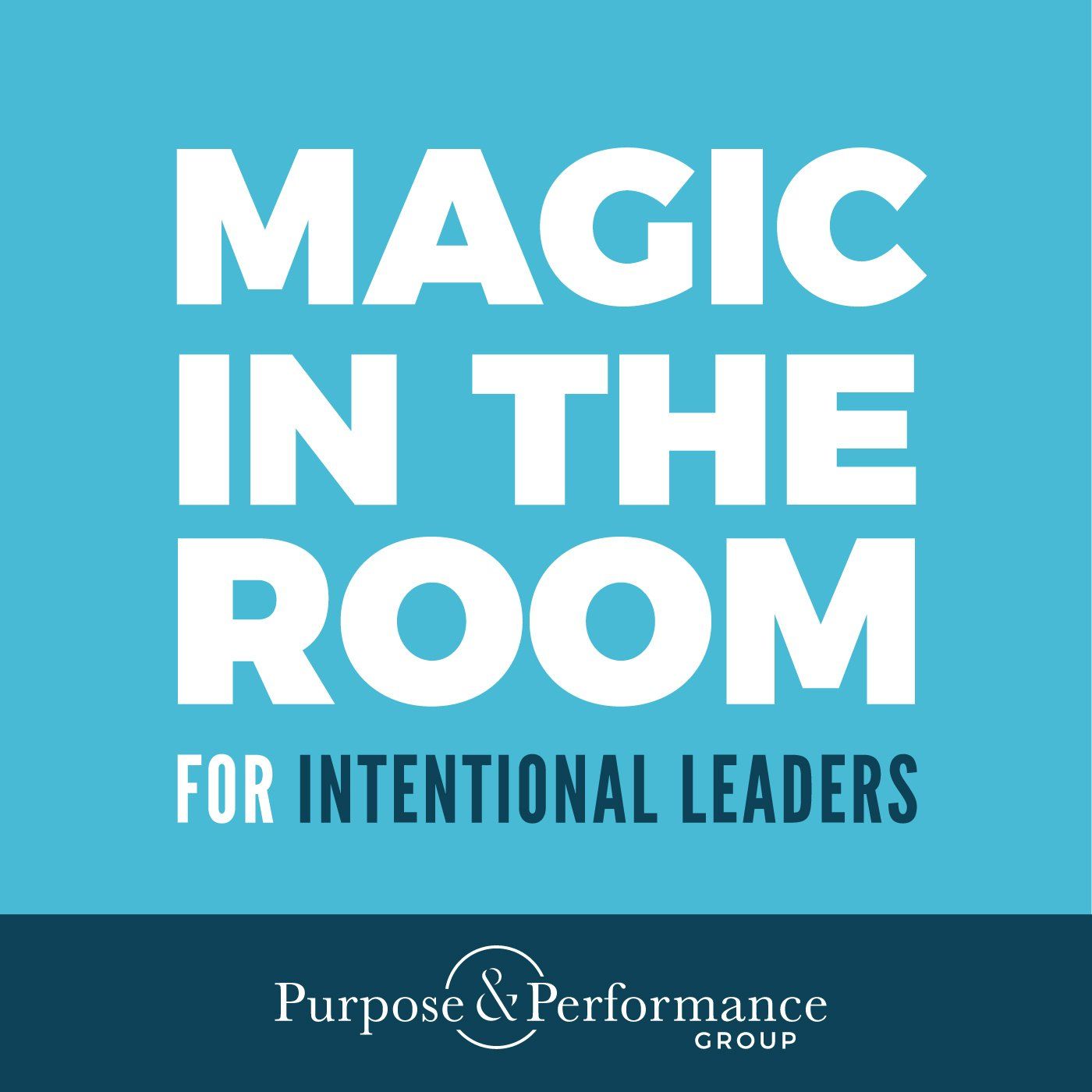DELIVER Exceptional Service
You closed the deal, and it’s time to deliver. Hopefully, what you promised the client during the excitement of negotiating and closing is all within the realm of possibility, and the product or service will be delivered to specifications at the correct price and on time. Your client has high expectations, and so do you – your paycheck depends on this going well. As long as we meet expectations, all is well, right?
Well, maybe.
If your goal is to provide a memorable experience so you can build loyalty and win repeat business, simply meeting expectations is not enough. You must not only meet expectations, you must exceed them.
In this article, you will get tips for how to:
- Build trust when providing a service
- Discover customers’ experience with your brand
- Exceed rather than meet expectations
The Multiplier Sale© Step 6: DELIVER
To move from a transactional association with customers to a transformational, long-term relationship, our focus must be on surpassing expectations. We do that by surprising and delighting customers and clients, by going above and beyond what they would reasonably expect from us.
This all begins with trust.
When you have high-trust relationships with customers, they are not only more loyal, they are also more forgiving when things go wrong. Contrary to popular belief, a mishap or even economic downturn can be the best time to build trust with a customer – it all depends on how you handle the situation.
A customer experience that contains a high level of trust in the brand promise, and is enhanced by magical moments of surprise and delight, will be rewarded by increased loyalty and as a by-product, increased revenues.
Provide Exceptional Service
Exceptional service does not meet expectations. Exceptional service exceeds expectations.
This means we must move beyond the transactional, and enter the realm of the transformational.
A met expectation is not memorable.
An experience that exceeds what we expected, we will remember. Positive, memorable experiences build loyalty. Loyalty builds repeat business, and repeat business grows revenue. When we focus on building trust, and back up the experience with moments of magical surprise and delight, we begin to transcend the transactional.
Exceptional service transcends the transactional.
When you “go above and beyond,” exceeding expectations to surprise and delight your clients, you create an emotional connection that goes beyond the business transaction. Emotional connections are what really create true brand loyalty.
We continue to buy from brands we feel a connection with – brands that align with our values, brands in which we have a high sense of trust that they will deliver what their brand promises to deliver, and most importantly, brands that help us meet our transformational goals: to become healthier , wealthier or wiser (see The Transformational Consumer by Tara-Nicholle Nelson).
“Emotion is energy in motion.”
– Robert Kiyosaki
As human beings, we are emotional creatures. We have a thinking brain and a feeling brain, but every impulse, every sensory stimulus or piece of information coming into our brain is processed emotionally before we are able to process it cognitively. This has implications for how we make decisions, and whether or not we change our behavior as a result of those stimuli.
In other words, whether someone chooses to buy from us in the first place, and then continues to buy from us over time, has everything to do with how they feel about us as a brand, the products and services we offer, how easy or enjoyable we are to do business with, and how we are able to help customers transform their lives in some way.
Start with Trust
Trust begins with commitment. As an individual, we commit to being a trustworthy person. Likewise, an organization or company can commit to being trustworthy as well. When we commit to a role, a relationship, an experience, we believe that we will fulfill our commitment. That belief, conviction or confidence provides the foundation for trust. First, we must trust ourselves and our ability to deliver on our commitment. Then, we must somehow instill that trust in our customers.
What comes to mind when you hear each of these words?
- Commitment
- Consistency
- Communication
When we commit to a certain level of experience, consistently provide that experience, and then communicate frequently and responsively with our clients, they come to trust in the experience. They come to expect a certain level of service from us, based on what we committed to, what we consistently delivered, and what our communication reinforced.
When Things Go Wrong
Unfortunately, things don’t always go exactly according to plan. When screw-ups happen (and they will), it doesn’t matter whose “fault” it was. The customer doesn’t care. What matters is how you handle the situation; in other words, how you make it right. You are the person the customer knows, and you own the relationship – they will come to you if and when there is a problem.
In a high-trust customer relationship, customers are more forgiving when things go wrong. But, even with a brand-new client relationship, a mishap can be an opportunity for building trust. How you handle the screw-up will determine what kind of relationship you will have with that customer going forward.
Will you make excuses or will you own your mistake – or, even if it wasn’t your mistake, will you take ownership for the experience a customer had with your brand, and do everything in your power to make it right?
There are plenty of excuses available to use when things don’t go as expected. Some of them are legitimate, some of them simply a cop-out. Here are a few:
The excuses:
- Now is not a good time to reach out. The customer is likely upset with us and I don’t want to rock the boat or risk aggravating them more.
- I’m just the salesperson. Someone else is responsible for delivering the product/service. They should be the one(s) to deliver the bad news.
- The _________ (design/engineering/operations/finance) team screwed up. It’s not my fault that the service was _________ (designed poorly/built the wrong way/delivered late/billed incorrectly).
Have you ever used any of these?
Have you been tempted to?
A service mishap can turn into a perfect sales opportunity. It is quite possible to turn a disappointed client into your biggest fan. It is all about how you respond to the situation, and the actions you take immediately following the mishap.
When Things Go Right
In an ideal world, things go exactly according to plan all the time. However, even if they don’t, a customer can still walk away from an interaction surprised and delighted at the experience they just had. Those customers may even turn into raving fans. When we deliver exceptional service, we transcend the transactional and move toward the transformational.
Connecting in a transformational way with customers’ desire for health, wealth or wisdom can provide exactly the kind of emotional bond that builds true brand loyalty.
Discover the Customer Experience
Do you know what your customers’ experience with your brand is like?
If you are not 100% sure how to answer this question, you might want to go on a little scavenger hunt to discover the customer experience for your business.
Consider each element of Forrester’s definition of customer experience (CX) below:
“How customers perceive their interactions with your company.”
The operating word here is “perceive.” We have all heard the adage “perception is reality” – and this is no less true for customer experience. Think about the implications this has for your business and for you as a salesperson.
When customers navigate your Web site, call into your contact center, go into your retail location, talk to one of your employees, buy your products, use your products, respond to your emails — that’s when they’re making judgments about whether or not you meet their needs, are easy to do business with, and are enjoyable to do business with. That’s when they’re having an actual “customer experience.”
– Harley Manning, Forrester
Put yourself in a customer’s shoes or better, “secret shop” your own business by getting a friend or someone you trust to give you honest feedback, to pretend to be a customer and take a look at all the ways in which a customer might search for, or interact with you: on Google, your company website, via phone, email or even in-person meetings.
What is the verdict?
Pay close attention to consistency – is the brand represented in a consistent way across all channels? Do all channels look, sound and feel like your brand? Is the experience easy to navigate, and is it clear where to click, what number to call, or where to go to place an order? When first visiting your website or social media channels, is it clear what problem you help to solve, and what your specific product or service offerings are? Are there any confusing parts for someone visiting or reaching out for the first time, someone who isn’t already familiar with you and your brand?
Set Realistic Expectations – Then, Surpass Them
The secret to managing expectations lies in being realistic about them, and more importantly, being clear on what level of effort it takes to not only meet, but exceed expectations. This begins with setting clear expectations internally with yourself and your team, and externally with clients.
As salespeople, we like to say “yes.” We want to please our customers, and we often feel pressure (from our bosses, ourselves, or our customers) to say “yes, we can do that” to every request to avoid disappointing and possibly ruining the relationship.
However, when we promise something we can’t deliver (can we do this in 10 days, or will it realistically take 30 days?), we put the relationship at greater risk.
Often, we are very unrealistic about the level of effort required to achieve a desired outcome, both for ourselves, and for our clients. In “ The 10X Rule ” Grant Cardone recommends taking whatever level of effort you believe something is going to take, and then multiply it by ten.
Brain science tells us that lowering expectations can be a way to achieve a sense of mastery in our minds, sending us in an upward spiral of greater productivity and accomplishment. Rather than lowering expectations of outcomes, however, increasing expectations of effort can have a similar effect.
Create Magical Moments
It is interesting to note that both the word “emotion” and the word “motivation” are derived from the Latin root “movere,” which means to move. We feel moved, or motivated to move, when we experience an emotion. In other words, emotion causes movement.
The opposite is also true: movement causes emotion. Thus, motivation is a virtuous cycle. We make a move or take some action, which feels great and inspires our motivation to take further action.
If you want to influence and move your clients, you must appeal to their emotions.
“Create moments where people aren’t just thinking about their own challenges but get a chance to relax and think about something else.”
– Sangram Vajre, Terminus
When you surprise and delight your customers on the regular, you create positive emotion. You transcend the transactional and begin to create “magic.” This is the mystery, the meaning, the memorable experiences that will continue to draw and enchant your clients, turning them into raving fans.
Resources
Further Reading – if you would like to dig deeper, consider these books:
- How to Win Friends and Influence People by Dale Carnegie
- The 10X Rule: The Only Difference Between Success and Failure by Grant Cardone
- The Go-Giver: A Little Story About a Powerful Business Idea by Bob Burg and John David Mann
- The Transformational Consumer by Tara-Nicholle Nelson
This article was originally published on 4/10/20 at https://multipliersale.com/blog/
The post DELIVER Exceptional Service appeared first on Purpose and Performance Group.


